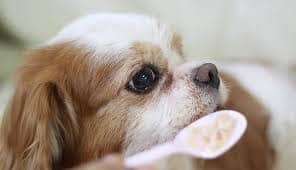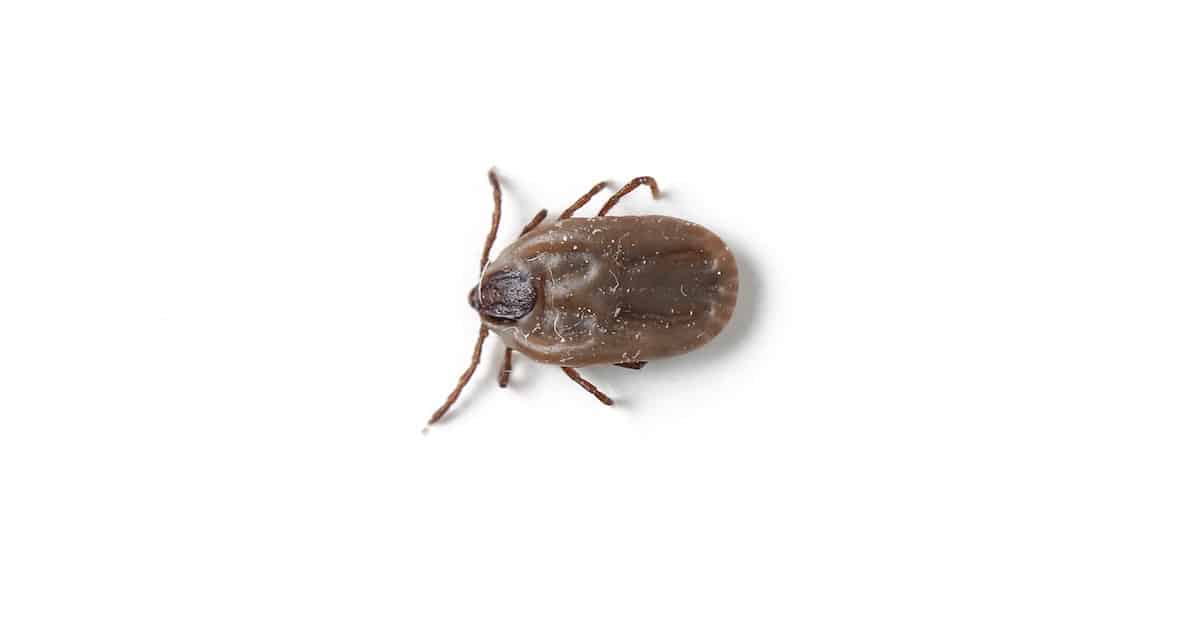Treatment for parvovirus infection centers on what is called supportive care. This means that the veterinarian’s job is to keep the patient hydrated, comfortable and as strong as possible so that the puppy has time and ability to generate an effective immune response. We cannot kill the virus inside the patient’s body; only the immune system can do that.
Be prepared for a 5-7 day hospital stay and substantial expense. Intensive care is needed to treat this infection.

intestines healthy
There are certain basic treatment principles that can be viewed as “must haves” in addressing the parvo puppy. Beyond these basics are some added pluses that may or may not contribute to the chance for survival. In order to achieve the usual survival rate of approximately 75-80 percent, the basics must be delivered. Many practices will add additional treatments to their basic regimen in order to improve survival or shorten how long the puppy is sick depending on expense and the preferences of the doctor. We will cover some of the treatments that may be used.
The Basics
Fluid Therapy
One of the ways parvo can kill is via problems that occur with extreme dehydration. It is crucial to replace the vast fluid losses (from vomiting and diarrhea) with intravenous fluids. Fluids, ideally, are given intravenously (IV) as a steady drip rather than simply under the skin so that absorption into the circulation is direct. Potassium is usually added to the fluids in order to maintain electrolyte balance. Dextrose (sugar) is also frequently added as not eating in a young dog may lower blood sugar, especially in a small puppy.
Antibiotics
The second way parvo kills is through bacterial invasion of the circulatory system (sepsis.) The intestine is normally full of bacteria and when the parvovirus ulcerates the intestine there is little to prevent the bacteria from marching easily into the bloodstream. With the GI tract damaged, antibiotics cannot be given by mouth. They are given either as injections or are added into the IV fluid bag. There are a number of antibiotics that may be selected.
The important thing is that they are given directly intravenously so as to avoid issues with attempting to absorb medication from the diseased intestinal tract or from poorly perfused peripheral tissues. IV antibiotics are taken directly to the battlefield of the infection in the intestine where bacteria are attempting to invade. Since the patient’s white blood cell count is typically drastically reduced during the height of the parvo infection, we are relying on antibiotics to keep the bacteria out.
Control of Nausea
Patient comfort is an important part of treatment for any disease but is especially important for parvo treatment as these puppies feel extremely nauseated. Again, the GI tract is too damaged for oral medication so medications are given as injections. There are several popular medications for nausea control.
Nutritional Support
Originally, patients treated for parvo were kept off food in an effort to minimize the nausea since can’t digest much food anyway. More recently it has been found that intestinal cells survive and recover better if they receive some nutrients. Not much is necessary, just enough to lightly coat the intestinal cells. For this reason, a tiny amount of food is now recommended early in the course of treatment and throughout until recovery. The patient will not have an appetite at first and the goal is not so much to nourish the puppy as to nourish the cells of the intestinal tract.
Maropitant (brand name: Cerenia®)
This powerful anti-nauseal is now fully approved for puppies over age 8 weeks. It is given once daily.
Metoclopramide (best given as a continuous drip in the IV fluid set up.)
If used as separate injections, relief tends to be short lasting and does not provide around the clock control. If a continuous drip is used, nausea control lasts as long as the drip is running.
Ondansetron and Dolasetron
These injectables are especially strong anti-nausea medications. In the past, expense has made these medications uncommon but recent generics have made them readily available. Ondansetron is typically given two to three times daily while dolasetron is given only once daily.
The vomiting typical of parvo infection is not only uncomfortable but can ulcerate the esophagus. The disease itself ulcerates the stomach and small intestine. Medications called gastroprotectants help heal ulcers and help minimize their formation. These medications include the injectable antacids like pepcid and similar ones (cimetidine, ranitidine, or famotidine) as well as sucralfate, which is given orally and forms webbing over ulcers to facilitate healing.
Monitoring
The following tests are helpful in adjusting parvovirus treatment:
Fecal flotation to rule out worms/internal parasites
The last thing these patients need is a parasite burden contributing to their nausea and diarrhea. Since parvo victims are puppies and puppies are high risk for parasitism, it is important to test for worms and microbes that can contribute to the GI upset and eliminate any. Alternatively, puppies can be dewormed with a broad spectrum product or products to be sure that internal parasites are not contributing to illness.
White blood cell counts/complete blood counts
One of the first acts of the parvovirus is to shut down the bone marrow production of immunologic cells (the white blood cells). White blood cell counts are often monitored as the infection is followed. The white blood cell count bottoms out at the height of the viral infection and recovers as the patient’s immune system gains the upper hand. Following the white blood cell count is helpful in tracking the course of infection and determining when the patient is truly on the upswing.
Electrolytes and Glucose levels
In at least one study of parvo patients, 60 percent of treated puppies required potassium supplementation during treatment and 75 percent required glucose supplementation. Monitoring of these parameters is ideally performed regularly during the course of treatment.
Urine Specific Gravity/Lactate Levels
In order to assess the fluid therapy’s effectiveness, some objective evaluation of dehydration is useful. If adequate IV fluids have been provided, then the urine produced will be dilute as measured by specific gravity. Similarly, blood lactate levels can be monitored to ensure proper hydration as lactate will build up when tissues are not properly perfused by the circulation.
Abdominal Palpation
Abnormal motility of the intestines occurs with this infection. Sometimes an area of intestine actually telescopes inside an adjacent area in a process called intussusception. This is a disastrous occurrence as intussusception can only be treated surgically and parvo puppies are in no shape for surgery. Euthanasia is usually elected in this event. Less dramatically, some patients experience enough abdominal discomfort to require additional pain support beyond their anti-nauseal medications.
Total blood protein
Protein depletion is common when there is heavy diarrhea. If blood proteins drop too low, certain IV fluids or even plasma transfusions are needed to prevent massive life-threatening edema.
Extra Treatment that May Help

Plasma Transfusions
Plasma is the protein-rich fluid that remains when the red blood cells are removed from a sample of blood. These proteins may include antibodies against the parvovirus, albumin to help expand the patient’s blood volume, as well as other healing proteins. Plasma can be obtained from donor dogs in the hospital or can be purchased from animal blood banks.
Neupogen
Neupogen is the brand name of a genetically engineered hormone called granulocyte colony stimulating factor. This hormone is responsible for stimulating the bone marrow to produce white blood cells and its administration easily overcomes the bone marrow suppression caused by the parvovirus. In other words, Neupogen helps the white cell count recover. A recent study did not find increased survival with the addition of this product to the parvo regimen; however, in sicker puppies it may make a significant difference. It is expensive and can add substantially to the treatment cost.
Fecal Transplantation
Transplanting fecal material from a healthy dog into the colon of an infected dog has been shown to reduce the number of days that parvo puppies have diarrhea. Reducing the diarrhea fluid losses potentially can mean the difference between life and death, so this treatment is becoming more popular. Many hospitals actually keep frozen fecal samples properly mixed in saline for this exact purpose. This treatment is emerging for many intestinal diseases and is likely to become more common in the future.
Home Treatment for Parvo
Proper treatment for parvo involves intensive support and monitoring of numerous parameters that may require special, additional treatment. Survival statistics with hospitalization are high and there is no comparable treatment that can be performed at home. That said, sometimes financial concerns preclude hospitalization and home care may be a puppy’s only chance. The owner will need to give injections, manage feedings, and clean up a great deal of vomiting and diarrhea. If home treatment turns out to be the only option, ask your veterinarian about how to accomplish this. Out-patient treatment is most successful if the patient comes into the hospital daily for hydration assessments and testing for blood sugar and electrolytes.


